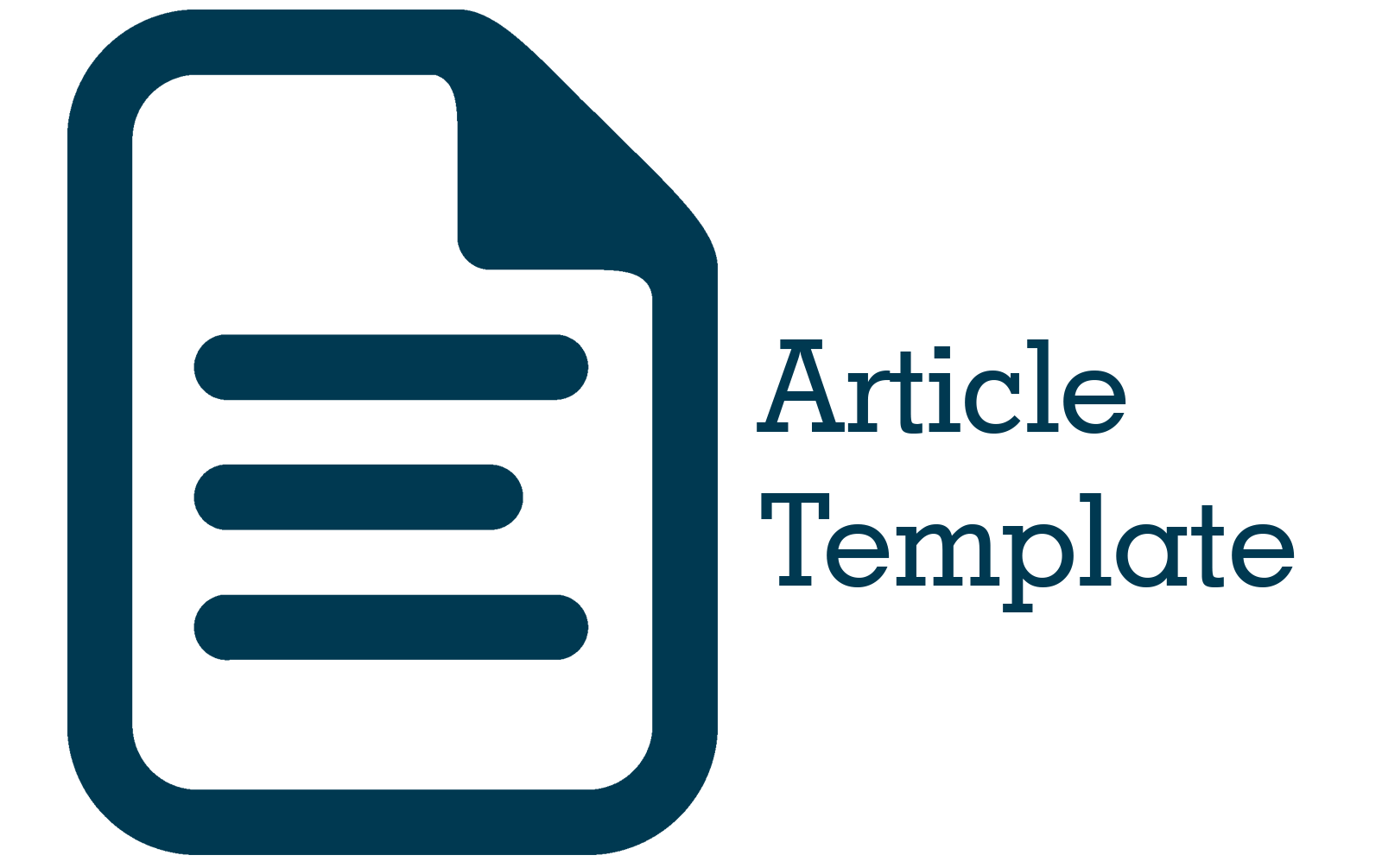Perbandingan Daya Hambat Ekstrak Etanol Kopi Arabika (Coffea arabica) dan Kunyit (Curcuma longa) terhadap Pertumbuhan Cutibacterium Acnes
Abstract
Abstract. Cutibacterium acnes resistance to conventional acne treatments highlights the urgent need for alternative therapies. This study evaluated the antibacterial potential of ethanol extracts from Arabica coffee and turmeric against C. acnes in vitro, using cultures standardized to McFarland 0.5. Data analysis included Shapiro-Wilk (p = 0.001), Levene’s test (p = 0.00007), and Kruskal-Wallis comparisons. Arabica coffee extract at 75% concentration exhibited the strongest antibacterial activity, producing a 25.4 mm inhibition zone, significantly outperforming erythromycin (14.2 mm, p = 0.009) and turmeric (7.5 mm, p = 0.003). Turmeric also showed significantly lower inhibition compared to erythromycin (p = 0.012). At 100% concentration, Arabica’s efficacy slightly declined, potentially due to compound interactions. These findings suggest that Arabica coffee ethanol extract, particularly at 75%, has significant antibacterial potential against C.acnes surpassing both erythromycin and turmeric under these experimental conditions. While promising, the results are preliminary and require further validation through broader concentration ranges, detailed compound analyses, and clinical trials. This study highlights Arabica coffee extract as a strong candidate for developing alternative acne treatments, addressing the growing challenge of antibiotic resistance in C. acnes. Its potential merits deeper investigation into its mechanisms and therapeutic applications.
Abstrak. Resistensi Cutibacterium acnes terhadap pengobatan jerawat konvensional menunjukkan perlunya pengembangan terapi alternatif. Penelitian ini meneliti potensi antibakteri ekstrak etanol kopi Arabika dan kunyit terhadap C. acnes secara in vitro, menggunakan kultur bakteri yang distandarisasi sesuai McFarland 0,5. Analisis data dilakukan menggunakan uji Shapiro-Wilk (p = 0,001), uji Levene (p = 0,00007), dan uji Kruskal-Wallis. Ekstrak kopi Arabika dengan konsentrasi 75% menghasilkan aktivitas antibakteri tertinggi dengan zona hambat 25,4 mm, secara signifikan lebih besar dibandingkan eritromisin (14,2 mm, p = 0,009) dan kunyit (7,5 mm, p = 0,003). Selain itu, hambatan yang dihasilkan kunyit secara signifikan lebih rendah dibandingkan eritromisin (p = 0,012). Pada konsentrasi 100%, efektivitas ekstrak kopi Arabika sedikit menurun, kemungkinan akibat interaksi antar senyawa. Hasil ini menunjukkan bahwa ekstrak etanol kopi Arabika, terutama pada konsentrasi 75%, memiliki potensi antibakteri yang cukup baik terhadap C. acnes, melampaui aktivitas eritromisin dan kunyit pada kondisi eksperimental ini. Meskipun demikian, temuan ini masih bersifat awal dan memerlukan penelitian lebih lanjut, seperti pengujian pada rentang konsentrasi yang lebih luas, analisis senyawa aktif, serta uji klinis. Penelitian ini mengidentifikasi ekstrak kopi Arabika sebagai kandidat potensial untuk terapi jerawat alternatif, yang dapat membantu mengatasi masalah resistensi antibiotik pada C. acnes. Potensi ini perlu dikaji lebih mendalam terkait mekanisme dan manfaat terapeutiknya.
References
2. Oge’ LK, Broussard A, Marshall MD. Acne Vulgaris: Diagnosis and Treatment. Am Fam Physician [Internet]. 2019 Oct 15;100(8):475–84. Available from: http://www.ncbi.nlm.nih.gov/pubmed/31613567
3. Global Health Metrics. Global Burden Disease Acne Vulgaris-Level 3 Cause [Internet]. 2019. Available from: www.thelancet.com
4. Żmuda B, Żuberek M, Ślusarczyk D, Pisera P, Kiełkowicz A, Popińska Z, et al. Acne vulgaris - review on pathogenesis and treatment. Journal of Education, Health and Sport [Internet]. 2024 Jan 6;51:50–63. Available from: https://apcz.umk.pl/JEHS/article/view/47727
5. Mayslich C, Grange PA, Dupin N, Brüggemann H. microorganisms Cutibacterium acnes as an Opportunistic Pathogen: An Update of Its Virulence-Associated Factors. 2021; Available from: https://doi.org/10.3390/microorganisms9020303
6. Muharam F. Review : potensi kopi arabika (coffea arabica l.) Dari berbagai aktivitas farmakologi & bentuk sediaan farmasi. Vol. 7, Open Journal Systems STF Muhammadiyah Cirebon : ojs.stfmuhammadiyahcirebon.ac.id. 2022.
7. Parnomo T. Effect of Arabica Coffee Bean Extract (Coffea arabica) as a Growth Inhibitor of Enterococcus faecalis ATCC 29212. Journal of Drug Delivery and Therapeutics. 2021 May 30;11(3):89–96.
8. Chang CH, Chen HX, Yü G, Peng CC, Peng RY. Curcumin-Protected PC12 Cells Against Glutamate-Induced Oxidative Toxicity. Food Technol Biotechnol. 2015 Aug 11;52(4):468–76.
9. Zheng D, Huang C, Huang H, Zhao Y, Khan MRU, Zhao H, et al. Antibacterial Mechanism of Curcumin: A Review. Vol. 17, Chemistry and Biodiversity. Wiley-VCH Verlag; 2020.
10. Adamczak A, Ożarowski M, Karpiński TM. Curcumin, a natural antimicrobial agent with strain-specific activity. Pharmaceuticals. 2020 Jul 1;13(7):1–12.
11. A. Mohammed N. Evaluation of Antimicrobial Activity of Curcumin Against Two Oral Bacteria. Automation, Control and Intelligent Systems. 2015;3(2):18.
12. EUCAST. EUCAST Disk Diffusion Method for Antimicrobial Susceptibility Testing-Antimicrobial susceptibility testing EUCAST disk diffusion method [Internet]. 2021. Available from: www.eucast.org
13. Mauludin I, Yuwono HS, Santosa D. Daya Hambat Ekstrak Air Kopi Robusta (Coffea Canephora) terhadap Bakteri Propionibacterium Acnes. Available from: https://doi.org/10.29313/bcsms.v2i1.1926
14. Abubakar AR, Haque M. Preparation of medicinal plants: Basic extraction and fractionation procedures for experimental purposes. Vol. 12, Journal of Pharmacy and Bioallied Sciences. Wolters Kluwer Medknow Publications; 2020. p. 1–10.
15. Handayani R, Hanifa HL, Nurcahyani A. Jurnal Ilmiah Farmako Bahari ANTIBACTERIAL ACTIVITY OF JAVA PREANGER GEL FROM CHERY COFFEE EXTRACT AND GREEN BEAN COFFEE (Coffea arabica L.) AS ANTI-ACNE ARTICLE HISTORY. Available from: www.journal.uniga.ac.id
16. Badr Al-Ghafari A, Hussein Althaqafi G. The Effect of Processing and Roasting on the Antioxidant Activity of Extracts from Instant and Ground Coffee. Biosci Biotechnol Res Asia. 2017 Mar 28;14(1):69–74.
17. Yuwono HS. Why the Coffee Powder is the Best Topical Wound Dressing? European Journal of Medical and Health Sciences. 2021 Nov 10;3(6):4–7.
18. Kim J, Kim H, Jeon S, Jo J, Kim Y, Kim H. Synergistic antibacterial effects of probiotic lactic acid bacteria with curcuma longa rhizome extract as synbiotic against cutibacterium acnes. Applied Sciences (Switzerland). 2020 Dec 2;10(24):1–6.











